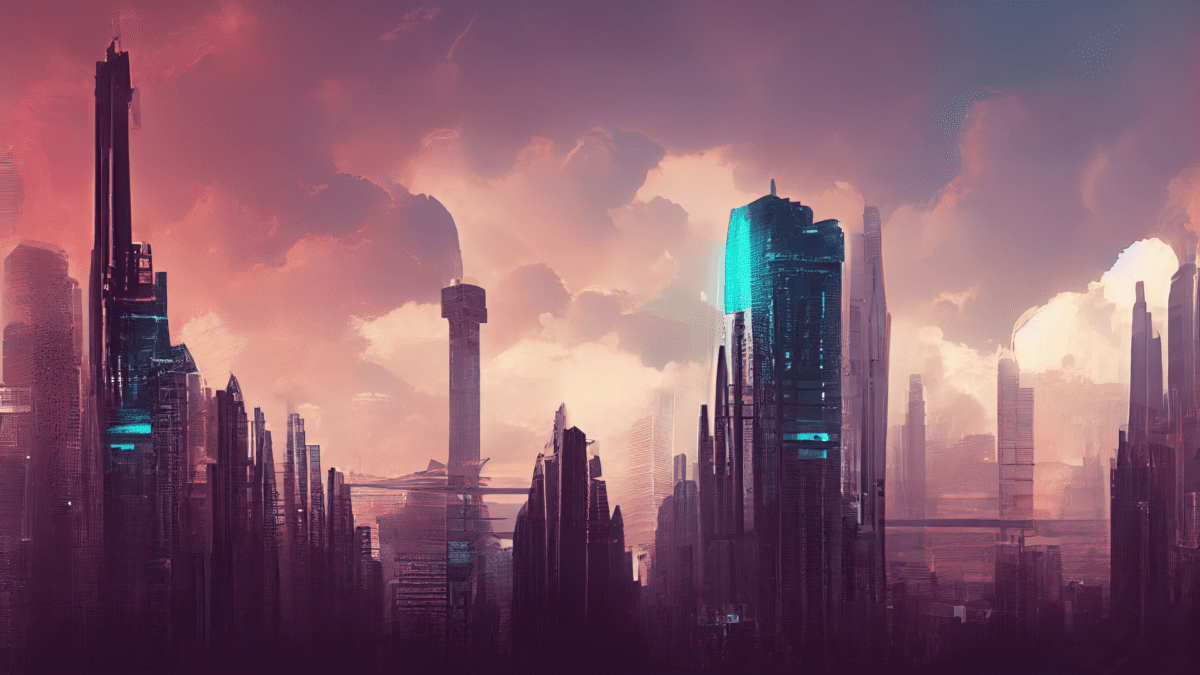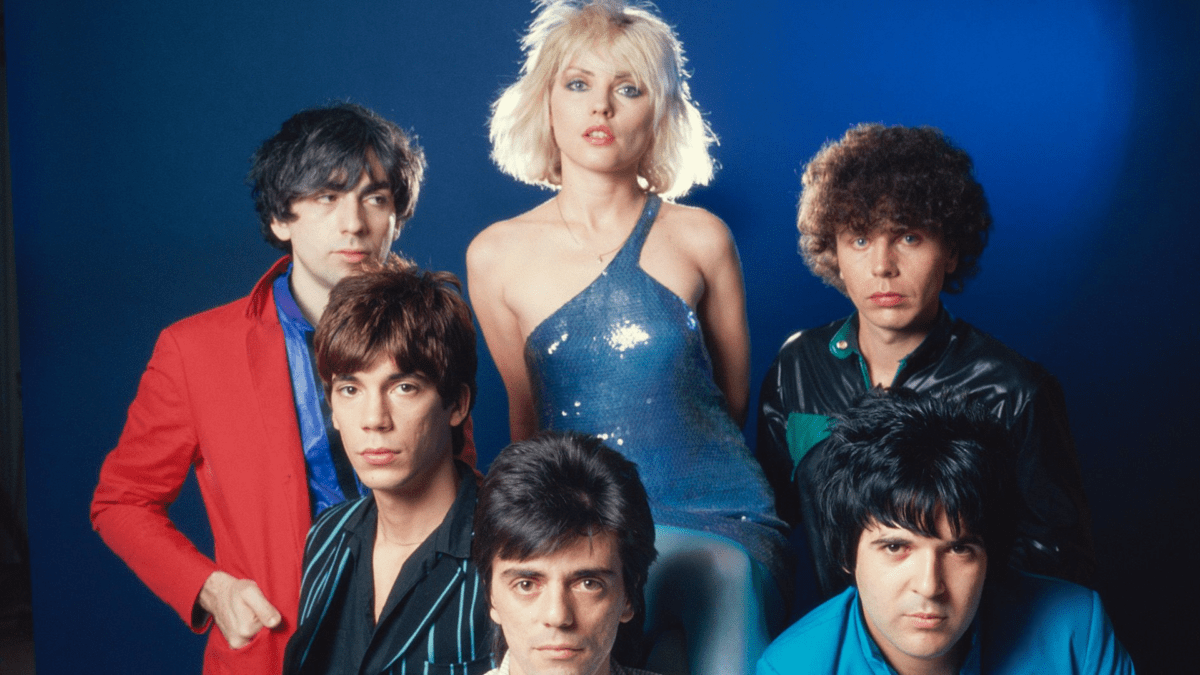Ah, techno – the electronic genre that has been shaking the dance floors for decades. From its beginnings in Detroit in the 1980s to its global reach today, techno has had an immense impact on music and culture. It’s not just a genre of music; it’s a subculture that has spawned a whole way of life. With its pounding basslines, hypnotic beats, and futuristic sounds, techno has become the soundtrack of the underground and beyond.
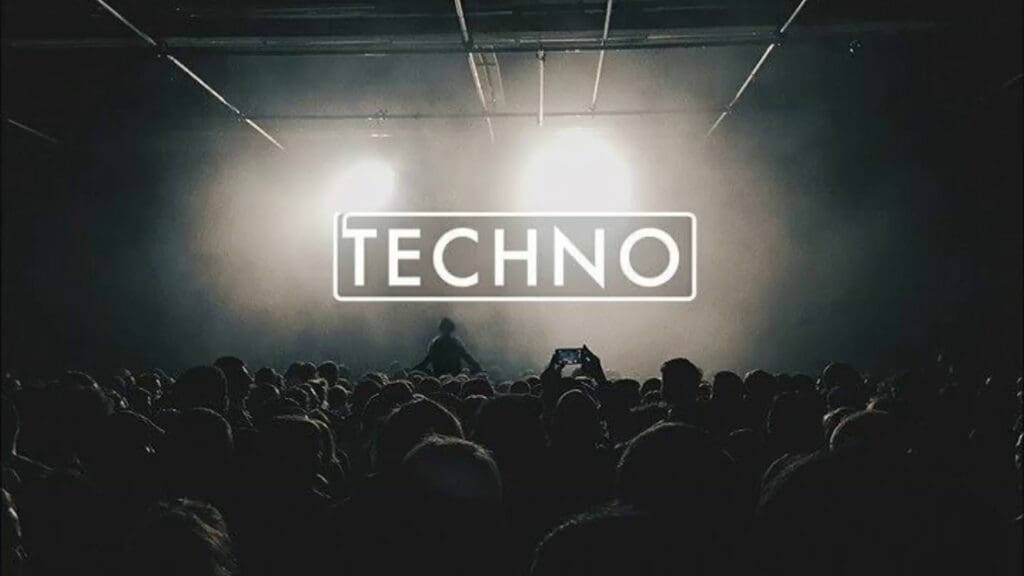
But what makes it so special? Perhaps it’s the way it unites people from all walks of life on the dance floor, creating a sense of community and belonging. Or maybe it’s the way it pushes the boundaries of what’s possible with electronic music, constantly evolving and innovating. Whatever it is, there’s no denying that techno has left an indelible mark on the music world.
In this article, we’ll explore the roots of techno, its rise to prominence, and the subculture it has created. We’ll dive into the different sub-genres, from acid to minimal, and examine the role of famous artists and DJs in shaping the genre. We’ll also take a look at the techno scene today, including the latest trends and innovations, and explore what the future holds for this iconic genre.
So, whether you’re a techno veteran or a curious newcomer, get ready to immerse yourself in the pulsating world of techno. Get your dancing shoes on, because we’re about to embark on a journey that you won’t soon forget.
Synths, Beats, and Experimentation: The Birth of Techno
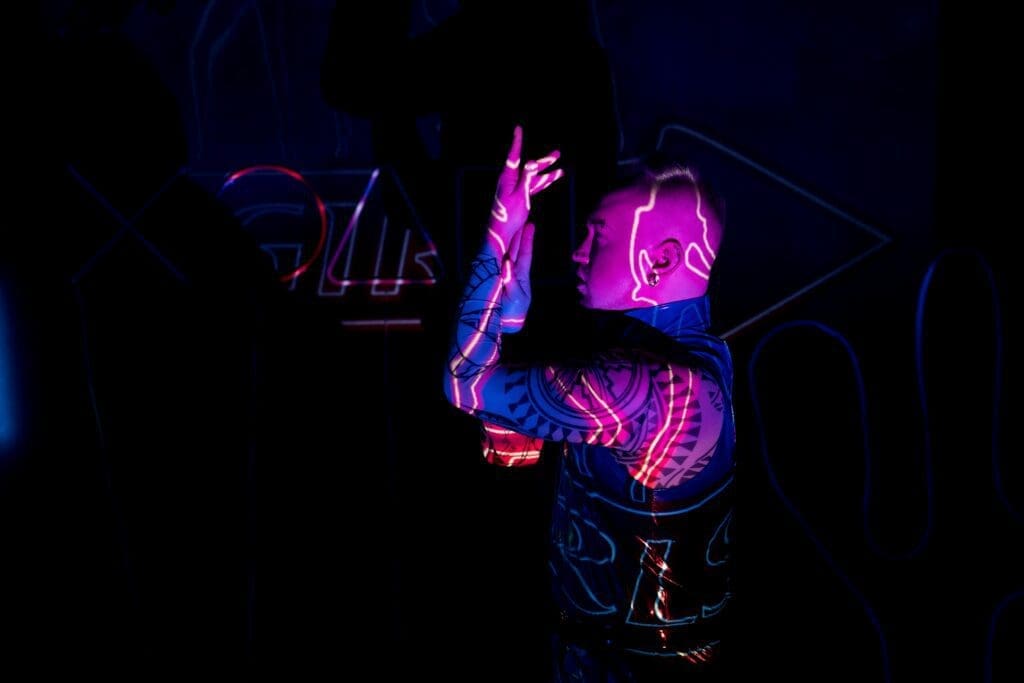
Techno didn’t just spring out of nowhere – it has deep roots in the history of electronic music. It all started in the early 1980s in Detroit, Michigan, where a group of young musicians and DJs were experimenting with synthesizers, drum machines, and other electronic gear. They were influenced by the likes of Kraftwerk, Gary Numan, and other pioneers of electronic music, but they wanted to create something new and different – something that would capture the energy and spirit of their city.
And so, techno was born. The early pioneers, including Juan Atkins, Derrick May, and Kevin Saunderson, created a sound that was unlike anything that had come before. They combined the futuristic sounds of synthesizers and drum machines with the raw energy of funk, soul, and disco, creating a new genre that was both danceable and experimental.
One of the defining features of techno is its sound and style. It’s characterized by its repetitive beats, pulsating basslines, and use of synthesizers and other electronic instruments. The music is often minimalistic, with a focus on building tension and creating a hypnotic atmosphere. The style is futuristic, with a nod to science fiction and technology.
From Detroit to Berlin

Despite its Detroit roots, techno quickly spread beyond the city and became popular in Europe, where it became associated with the rave culture of the 1990s. Today, techno is a global phenomenon, with fans and artists all over the world.
So, if you’re a fan of techno, you have these early pioneers to thank for creating a sound and style that has stood the test of time. And if you’re new to the genre, get ready to experience the energy and excitement of techno’s roots.
As techno began to gain traction in Detroit, it was clear that something special was happening. DJs and producers were experimenting with new sounds, pushing the boundaries of what electronic music could do. But it wasn’t until the genre started to spread beyond Detroit’s borders that it truly exploded onto the global scene.
Let’s explore the rise of techno and how it became the soundtrack to a generation of club-goers and party people all over the world.
From the Underground to the Mainstream: The Rise of Techno

In the 1990s, techno exploded onto the global scene, becoming the soundtrack of the rave culture that swept across Europe and beyond. Its hypnotic beats and futuristic sounds captured the imagination of a generation, and techno became the go-to genre for clubbers all over the world.
At the heart of techno’s rise was the rave culture. Raves were all-night dance parties that often took place in abandoned warehouses, fields, and other unconventional spaces. They were fuelled by a sense of freedom and rebellion, with the music serving as a way to escape from the mundanity of everyday life. Techno was the perfect soundtrack for this scene, with its repetitive beats and pulsating basslines providing the perfect rhythm for hours of dancing.
One of the defining characteristics of the scene was its DIY ethos. Many of the parties were organized by small groups of people who were passionate about the music and wanted to create a space where they could dance and let loose. They often built their own sound systems, created their own flyers and artwork, and relied on word-of-mouth to spread the word about their events.
A Rise in Popularity
As techno grew in popularity, it began to influence other genres of music, from house to trance to electronica. Famous DJs and producers, such as Carl Cox, Richie Hawtin, and Jeff Mills, emerged as ambassadors for the genre, touring the world and spreading the techno sound to new audiences.
Today, techno continues to evolve and innovate, with new sub-genres and styles emerging all the time. But no matter how much it changes, it will always be associated with the energy and excitement of the rave culture that helped to propel it to global stardom.
So, whether you’re a seasoned techno veteran or a newcomer to the scene, get ready to experience the rise of techno – a story of rebellion, creativity, and pure sonic energy.
Diving into the Techno Spectrum: A Look at Sub-Genres
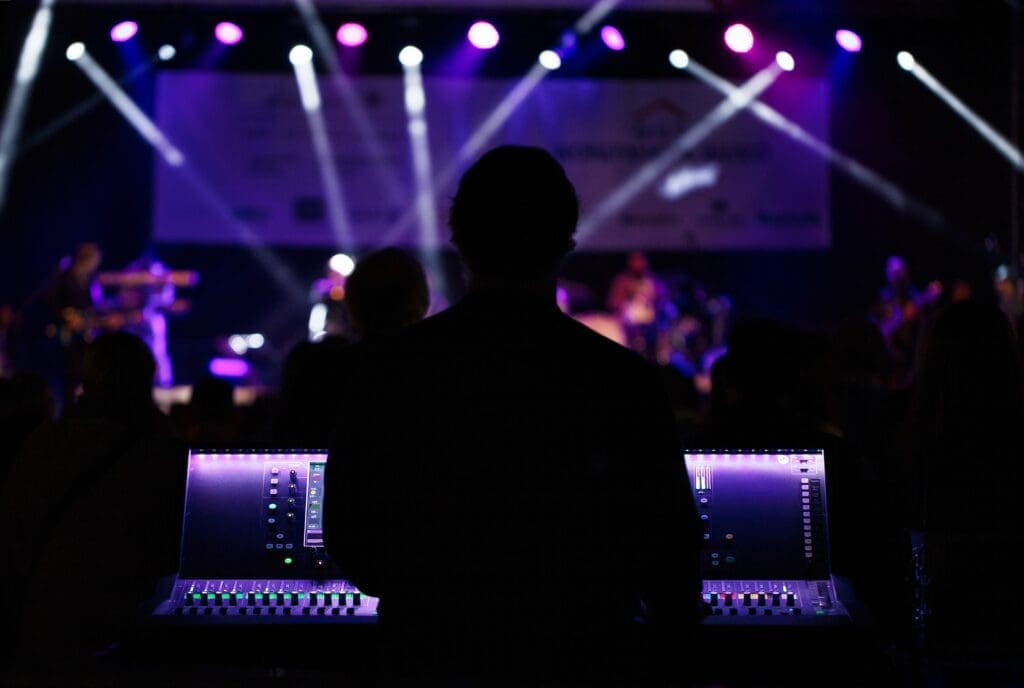
Techno is a diverse and ever-evolving genre that has spawned a multitude of sub-genres over the years. From the hard-hitting sounds of industrial to the dreamy melodies of melodic, there’s a sub-genre for every taste and mood.
So, get ready to explore the diverse and exciting world of techno sub-genres – there’s always something new to discover.
Acid Techno
Acid Techno is a genre of electronic music that emerged in the late 1980s from the acid-house scene. It is characterized by its use of acid lines, often generated by Roland’s TB-303 synthesizer, and its fast, repetitive beats, usually at around 130-140 bpm.
It is heavily influenced by techno and house music and combines elements of both genres. The sound is typically dark, hypnotic, and psychedelic, with a heavy emphasis on bass and percussion. Acid techno has been popular in the underground club scene for many years and is still an extremely popular genre today, with DJs like Nina Kraviz and Adam Beyer incorporating acid techno tracks into their sets.
If you haven’t signed up for Spotify Premium yet – what are you waiting for?! Sign up now to enjoy unlimited ad-free music, anywhere!
Jungle Techno
Jungle techno is a genre of electronic music that emerged in the early 1990s. It is a fusion of traditional techno and hip hop, with influences from dub and reggae. Jungle techno is a fast-paced, breakbeat-driven style of music, and is characterized by complex percussion and basslines. Early styles also used heavy ragga samples which added to the raw, tribal vibe.
It is closely related to the genres of jungle and drum and bass, which emerged from it in the mid-1990s. The genre was particularly popular in the UK, where it was played at raves and clubs. It has since spread around the world and is now a staple of the electronic music scene.
Jungle techno is often seen as the precursor to the more popular genres of jungle and drum and bass and has had a lasting influence on the development of these genres.
Minimal Techno
Minimal techno is a genre of electronic music that has become increasingly popular over the past few decades. It is characterized by its repetitive and hypnotic sound, which often incorporates elements of techno, house, and ambient music. This style is often characterized by a sparse, stripped-down sound that emphasizes subtle changes in the musical elements.
It is often characterized by a relentless, driving beat and minimalistic melodies, as well as a focus on subtle changes in the musical elements. Minimal techno often features a combination of electronic instruments, such as synthesizers and drum machines, as well as acoustic instruments, such as guitars and bass.
This sub-genre is often used in film soundtracks and as a backdrop for art installations. It has also been used in some video games, such as the popular game series Need for Speed.
Hardcore Techno
If you’re looking for something a little more intense, then hardcore techno might be for you. This sub-genre is characterized by its fast and aggressive beats and often features distorted and industrial sounds. It emerged in the early 1990s and was heavily influenced by the hardcore punk scene.
The genre is also known for its aggressive, energetic sound and its intense basslines. The hardcore subgenre is often used as a form of expression, and its lyrics often reflect the struggles and joys of life. Many producers of the genre have used their music to express their political views and beliefs.
Dub Techno
Dub techno is a genre of electronic music that combines elements of dub music and techno. It is characterized by a strong emphasis on sub-bass, atmospheric textures, and reverberant rhythms. The dub subgenre often features spacey, minimalistic soundscapes and melodic chords, as well as a heavy emphasis on reverb and delay effects.
It is often associated with the Berlin-based Basic Channel record label, which was one of the first labels to specialize in the genre. While dub techno has its roots in the early 1990s, it has seen a resurgence in recent years, with many producers incorporating the genre into their own unique sound.
Detroit Techno
Detroit Techno is a genre of electronic dance music that originated in Detroit, Michigan during the mid-1980s. It is characterized by a repetitive four-on-the-floor beat, a deep bassline, and the use of synthesizers and drum machines. Detroit Techno is often credited with being the foundation of the modern electronic dance music scene.
It has been described as a combination of African American music, funk, electro, and post-disco. It has influenced many other genres, including house music, trance, and drum and bass. The Detroit subgenre is known for its emphasis on rhythm and its use of minimalistic production techniques. Producers often use unique samples and sound manipulation techniques to create a unique sound.
Detroit Techno has a large and dedicated following throughout the world and is considered to be one of the most influential genres of electronic music.
Berlin Techno
Berlin Techno is a genre of electronic dance music that originated in the late 1980s in and around the city of Berlin, Germany. It is characterized by a minimalistic, stripped-down sound that relies heavily on synthesizers and drum machines.
The Berlin subgenre often has a dark, hypnotic and repetitive feel, and is closely associated with the underground club scene in Berlin. It has been a major influence on other genres of electronic music, such as House and Trance, and has been popular in Europe for decades.
Melodic Techno
Melodic techno is a type of techno music that combines elements of traditional techno with melodic elements. It is characterized by its use of melodic synth leads, lush pads, and driving rhythms. The sub-genre is often characterized by its uplifting and emotional feel, and its ability to be both danceable and reflective.
Melodic techno often draws from classic houses, trance, and progressive house, as well as modern styles like deep house and tech house. It is a popular genre for both DJs and producers and has become increasingly popular in recent years. The melodic subgenre is a great choice for a variety of occasions, from club nights to intimate gatherings.
No matter which sub-genre you prefer, one thing is certain: techno will continue to evolve and push the boundaries of electronic music for years to come. After exploring the various sub-genres it’s clear that the genre is much more than just a type of music. Techno has given rise to a unique and vibrant subculture that is defined by its inclusive values, distinctive fashion, and sense of community. In the following section, we’ll dive deeper into the world of techno subculture and explore what makes it so special.
The Techno Tribe: Exploring the Subculture
Techno is more than just a genre of music – it’s a subculture that has its own unique fashion, language, and values. From the underground clubs of Detroit to the warehouse parties of Berlin, it has spawned a global subculture that is all about the music and the community it creates.
One of the key features of the techno subculture is its focus on inclusivity and acceptance. Parties are often described as being “judgment-free zones” where people of all ages, genders, and backgrounds can come together to dance and connect with each other. This sense of community is reinforced by the music itself, which is often characterized by its driving rhythms and uplifting melodies.
Another important aspect of the techno subculture is its fashion. The techno look is all about comfort and functionality, with many club-goers opting for practical clothing and footwear that can withstand long hours on the dancefloor. Popular fashion items include black clothing, sneakers, and backpacks – all of which help to create a sense of unity and shared identity among fans.
Techno also has its own language, with slang terms like “beatmatching” and “dropping a track” being common among DJs and producers. There are even techno-specific emojis, like the “smiling face with sunglasses” and the “loudspeaker” emoji, that are used to communicate within the community. The hashtag #Ilovetechno
Overall, the techno subculture is a vibrant and dynamic community that is all about celebrating the music and the people who make it. Whether you’re a seasoned techno veteran or a newcomer to the scene, there’s a place for you in this global subculture that is always evolving and pushing the boundaries of what is possible.
The Artists and DJs Who Shaped the Genre
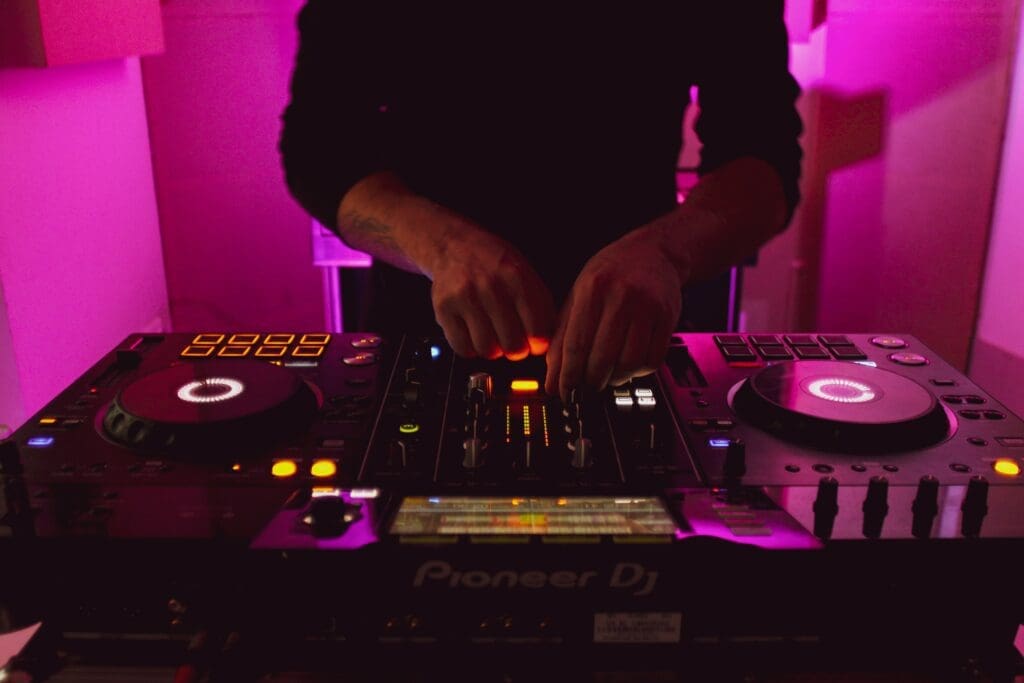
No discussion of techno would be complete without mentioning some of the genre’s most famous and influential artists and DJs. From the pioneers who helped to create the genre to the contemporary artists who are pushing their boundaries today, there are countless techno legends who have made their mark on the scene.
One of the most well-known techno artists is Richie Hawtin, who is often credited with helping to bring techno to the mainstream in the 1990s. With his signature minimalist sound and innovative use of technology, Hawtin has remained at the forefront of the scene for over three decades.
Another techno legend is Detroit’s own Carl Craig, who is widely regarded as one of the founding fathers of the genre. With his soulful, melodic take on techno, Craig has become one of the most respected and influential figures in the electronic music world.
Other notable techno artists and DJs include German techno pioneer Sven Väth, Berghain resident Ben Klock, and the Detroit techno collective Underground Resistance. Each of these artists has made a unique contribution to the techno scene, whether through their innovative sound design, their powerful live performances, or their tireless advocacy for the genre.
Of course, this is just the tip of the iceberg when it comes to the many talented artists and DJs who have made their mark on the techno scene. Whether you’re a fan of classic techno or the latest experimental sounds, there’s no shortage of incredible talent to discover within this vibrant and ever-evolving genre.
Techno Today: A Fresh Look at an Old Favourite
While techno may have originated decades ago, the genre remains as vibrant and relevant as ever in the modern music landscape. Today, techno can be heard in clubs and festivals around the world, from the dark, cavernous spaces of Berlin’s Berghain to the sun-drenched beaches of Ibiza.
One of the most exciting things about the techno scene today is the sheer variety of sounds and styles on offer. While some artists and DJs continue to explore the classic sounds of Detroit and Berlin techno, others are pushing the genre in new and unexpected directions. From experimental noise to acid-infused beats to hypnotic, trance-like melodies, there’s truly something for every techno fan.
At the same time, the techno scene remains a hotbed of innovation and creativity, with artists and DJs constantly pushing the boundaries of what’s possible with electronic music. With the help of new technologies like modular synthesizers and AI-powered music software, the possibilities for sonic experimentation and exploration are virtually endless.
Of course, the COVID-19 pandemic has had a major impact on the scene, with clubs and festivals shuttered around the world. But even in the midst of this challenging time, artists and DJs continue to find ways to connect with fans and share their music online.
Whether you’re a long-time fan or a newcomer to the scene, there’s never been a better time to explore the genre and discover the latest sounds and innovations. With its endless creativity and infectious energy, techno is sure to remain a vital part of the global music landscape for years to come.
What’s Next? A Look into the Crystal Ball
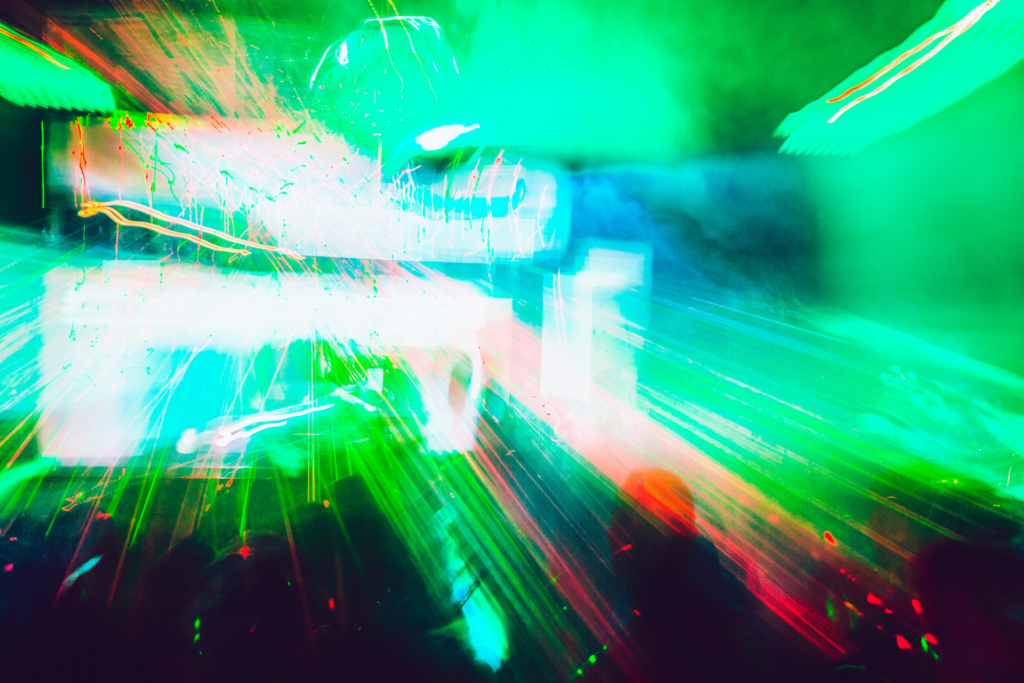
As the techno scene continues to evolve and expand, many fans and experts are wondering: what does the future hold for the genre? While no one can say for certain what’s on the horizon, there are plenty of exciting developments and possibilities to consider.
One of the most intriguing trends in techno is the increasing use of advanced technologies like AI, machine learning, and virtual reality to create new sounds and experiences. Some artists and DJs are even experimenting with AI-powered music software to generate complex rhythms and melodies that would be impossible to create manually.
Another exciting possibility for the future of techno is the continued growth of the global scene, with new artists and fans emerging from every corner of the world. As it becomes increasingly accessible and inclusive, we can expect to see new sounds and styles emerging from diverse cultural backgrounds and communities.
Of course, the future of techno is also bound up with the larger cultural and social trends of our time. As issues like climate change, political instability, and economic inequality continue to shape our world, we can expect to see techno artists and fans engaging with these issues and using their platforms to drive positive change.
Ultimately, the future of techno is as bright and exciting as the genre itself. With its endless capacity for innovation, experimentation, and connection, techno is sure to remain a vital part of the global music landscape for decades to come. So, let’s raise a glass to the future of techno, and all the thrilling possibilities it holds!
The Beat Goes On

Wow, what a journey we’ve been on exploring the roots, rise, sub-genres, subculture, famous artists, and future of techno! It’s clear that techno is more than just a music genre, it’s a cultural movement that has impacted millions of people around the world.
From its humble beginnings in Detroit to the global phenomenon it is today, techno has continuously pushed the boundaries of what music can be and what it can represent. It’s a genre that has transcended borders, languages, and cultures, bringing people together through a shared love for music and the techno community.
As we’ve seen, the future of techno is bright, with new technologies and innovative artists constantly pushing the genre forward. But let’s not forget the roots and the subculture that have made techno what it is today. As techno continues to evolve and grow, let’s keep the spirit of the genre alive and continue to celebrate the diversity, creativity, and passion that make the techno community so special.
So, whether you’re a long-time techno fan or just discovering the genre for the first time, let’s continue to dance, connect, and explore the endless possibilities of techno. Thanks for joining us on this journey, and as always, keep the beat alive. You can search for BPM to understand more by using the BPM Tapper tool on Music Gateway. Try it today.






